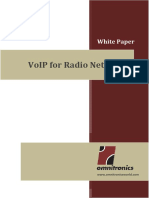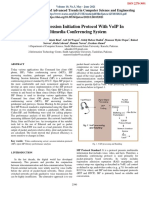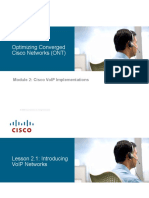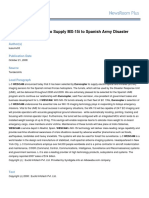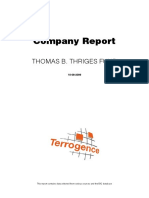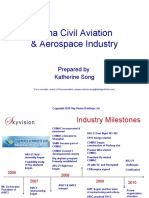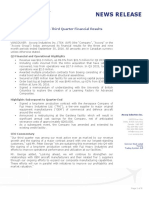0% found this document useful (0 votes)
50 views2 pagesACU-2000 IP: IP-based Interoperability Gateway
The document describes the ACU-2000 IP, an IP-based interoperability gateway that provides convergence of local interoperability, IP communications and control, and SIP. It allows connecting SIP VoIP devices to radios, controlling large interoperability systems via IP, and interfacing radios via SIP. It has two versions - one focused on local interoperability with SIP capability, and one taking a server-based, highly scalable interoperability approach.
Uploaded by
Jacob Jack YoshaCopyright
© © All Rights Reserved
We take content rights seriously. If you suspect this is your content, claim it here.
Available Formats
Download as PDF, TXT or read online on Scribd
0% found this document useful (0 votes)
50 views2 pagesACU-2000 IP: IP-based Interoperability Gateway
The document describes the ACU-2000 IP, an IP-based interoperability gateway that provides convergence of local interoperability, IP communications and control, and SIP. It allows connecting SIP VoIP devices to radios, controlling large interoperability systems via IP, and interfacing radios via SIP. It has two versions - one focused on local interoperability with SIP capability, and one taking a server-based, highly scalable interoperability approach.
Uploaded by
Jacob Jack YoshaCopyright
© © All Rights Reserved
We take content rights seriously. If you suspect this is your content, claim it here.
Available Formats
Download as PDF, TXT or read online on Scribd
/ 2








